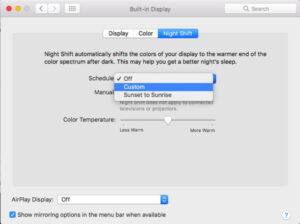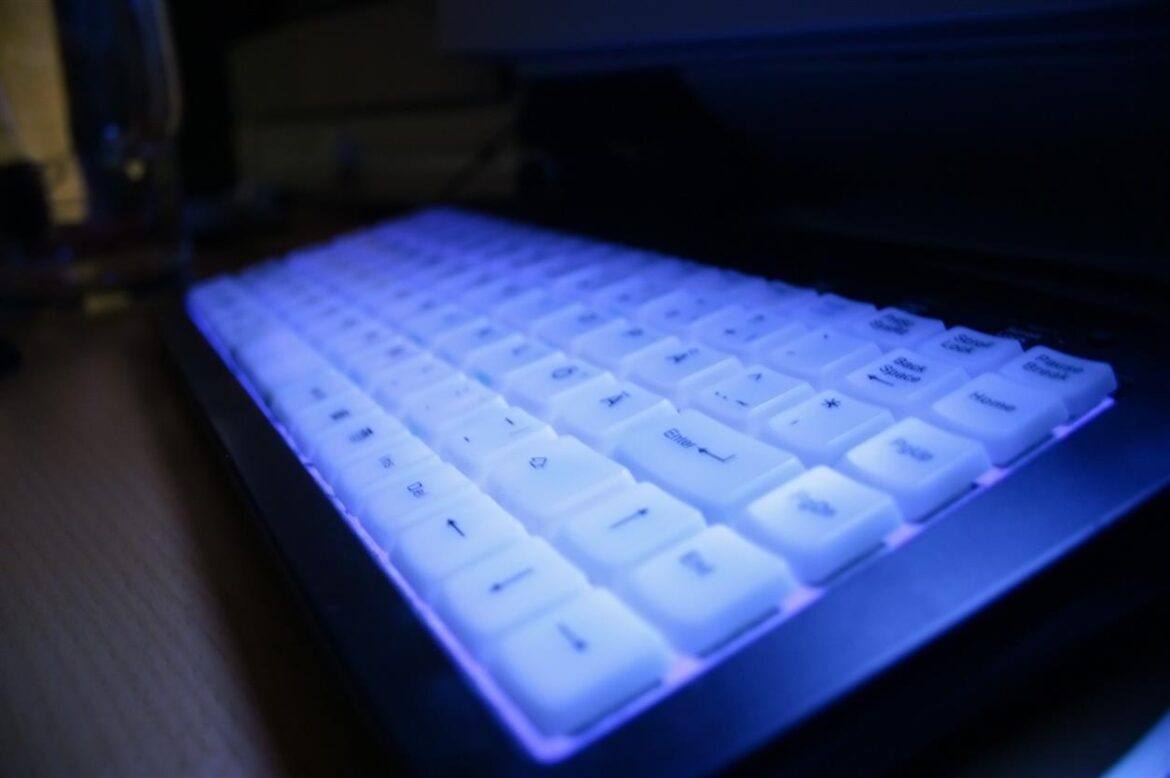There have been a number of studies that have come out over the past few years warning us of the damage that the blue light from our devices is causing, especially in terms of sleep. And it seems to be especially true for teenagers. Let’s look at some ways we can help students (and ourselves) to block out the light effectively without hurting our eyes or impairing what we are looking at.
What the Research Says About Blue Light
“Blue light from screens can delay the release of sleep-inducing melatonin which interferes with the natural body clock.” (Source: National Post article) For adolescents who use a device in the hour before bedtime (and what teen doesn’t?), they are three times more likely to get less than five hours of sleep, which can be greatly detrimental to their mood and learning. A lack of quality sleep can lead to serious health issues down the road, such as obesity, heart disease, and diabetes. In addition, “teenagers who used screens before bed needed an extra 30 minutes to get to sleep compared with those who did not.” So, to bottom line it, our devices are not good for getting enough sleep and are hurting us.
How to Filter Out Blue Light
Now that we know how bad the blue light from our phones and computers and tablets is for us, the question comes up of how we block it out. The good news is that there are lots of free solutions available, depending on your device. These solutions change the color palette of your display so that you can still see to use it, but the blue light does not shine through.
Windows – Microsoft added a blue light limiting feature to Windows 10. Called “Night light,” this feature shifts the Windows 10 display to show warmer colors that reduce the amount of blue light that’s emitted. It’s easy to turn the Night light feature on:
- Open up the settings menu by searching for it in the Windows 10 search box, or press the Windows key and X and then click Settings.
- Choose System from the menu.
- Select Display from the left-hand menu if it isn’t already.
- Toggle the Night light switch to on.
- Click on Settings to configure the Night light. Schedule when the feature will turn on and off to match your sleep schedule or leave it at the default, which will turn itself on at sunset and off at sunrise based on your location.
Mac – Apple introduced Night Shift in 2017. To turn it on:
- Open System Preferences.
- Select Displays, then click on the Night Shift tab.
- You can set when it comes on and off by selecting Schedule.
There’s also a great, free third-party program that has a few more features if the standard operating system options aren’t enough for you. F.lux is available for Windows, Mac, and Linux, and is what I use on my laptop.
iPhone – Introduced in iOS 9.3, the Night Shift feature in iOS allows you to filter out blue light and adjust the warmth of the colors in your display. To turn it on, go to Settings and then Display& Brightness and then to Night Shift. The options here are similar to those offered on Windows and Mac computers.
Android – The fastest way to turn on the blue light filter on most Samsung Galaxy phones on is to pull down your notification shade and swipe down again to access quick settings. One of them is called Blue light filter and you can tap to toggle it on and off. If that’s not an option on your phone, look at Settings and then Display and then Blue light filter.
This is probably good information to share with your students at the beginning of the school year. Be radical and have them all get their devices out in class one day and change their settings to filter out the blue light. Helping them get more and better sleep will result in big wins in the classroom, and isn’t that what we all want?

